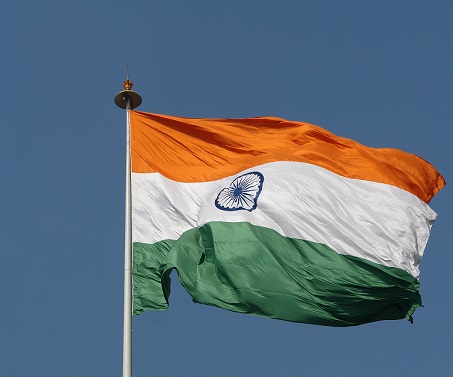
The Thirty Meter Observatory shown on the summit of one of the candidate sites. -- Image credit:www.tmt.org
CALIFORNIA (BNS): Scientists preparing to take a glimpse at the infant years of our Universe through the Thirty Meter Telescope (TMT), touted to be the world’s largest telescope so far, have zeroed in on Hawaii as its hosting point.
The TMT, named for the diameter of its primary mirror, has been designed to detect light that has taken as long as 13 billion years to reach the Earth. This will enable scientists to see pictures of the past, such as how stars and galaxies were formed in the early years of the universe.
The TMT Observatory Corp. has selected the 4,205-meter Mauna Kea summit as the site where the giant telescope will be built, it said in a statement on Tuesday.
The dormant volcano top has been chosen for the $1.2 billion project due to its relatively mild weather conditions, favorable wind patterns and skies, which would allow over 300 nights of observation a year, it stated.
Besides, air pollution is also very low atop the volcano as it is located far away from populated areas. This will help scientists capture images with less blurred effects of the Earth’s atmosphere.
“The atmospheric conditions, low average temperatures, and very low humidity will open an exciting new discovery space using adaptive optics and infrared observations,” said Edward Stone, Caltech's Morrisroe Professor of Physics and vice chairman of the TMT board.
The TMT project is a collaboration of Caltech, University of California and the Association of Canadian Universities for Research in Astronomy (ACURA).
The project is yet to be approved by the state of Hawaii.
The Mauna Kea plateau is currently home to 12 international telescopes, including Keck I and Keck II, the world's largest telescopes, each having a mirror of some 10 meters.
 Previous Article
Previous Article Next Article
Next Article












The Indian Air Force, in its flight trials evaluation report submitted before the Defence Ministry l..
view articleAn insight into the Medium Multi-Role Combat Aircraft competition...
view articleSky enthusiasts can now spot the International Space Station (ISS) commanded by Indian-American astr..
view article